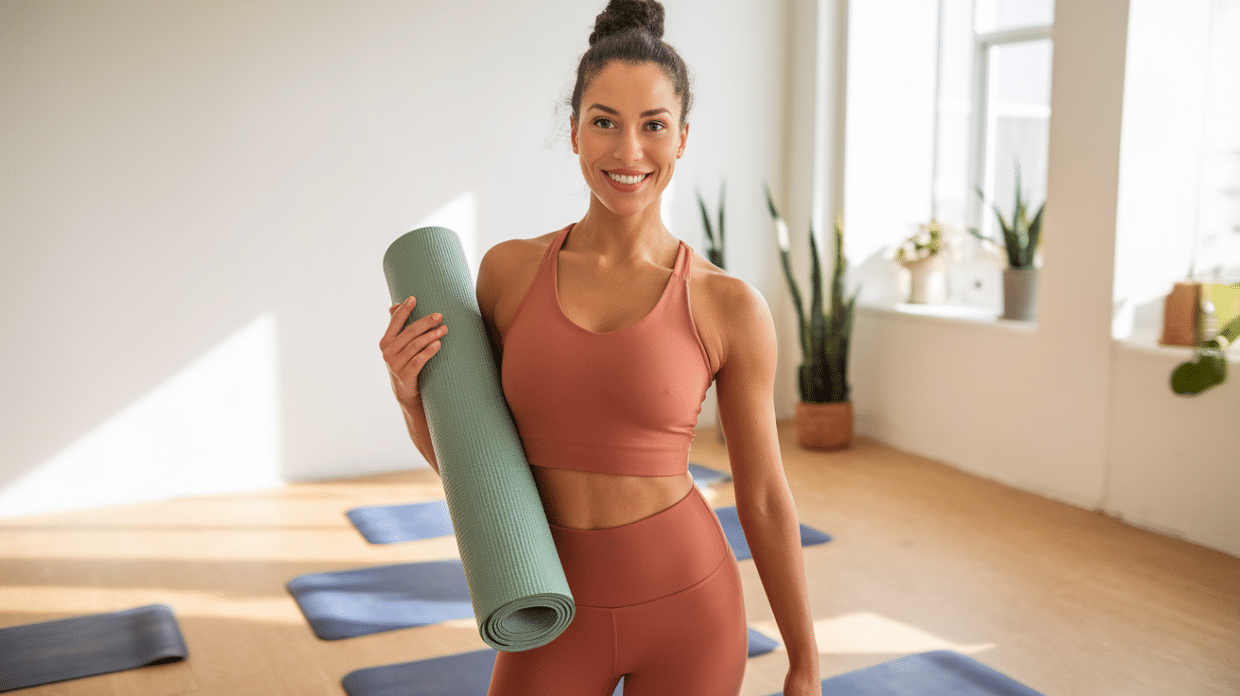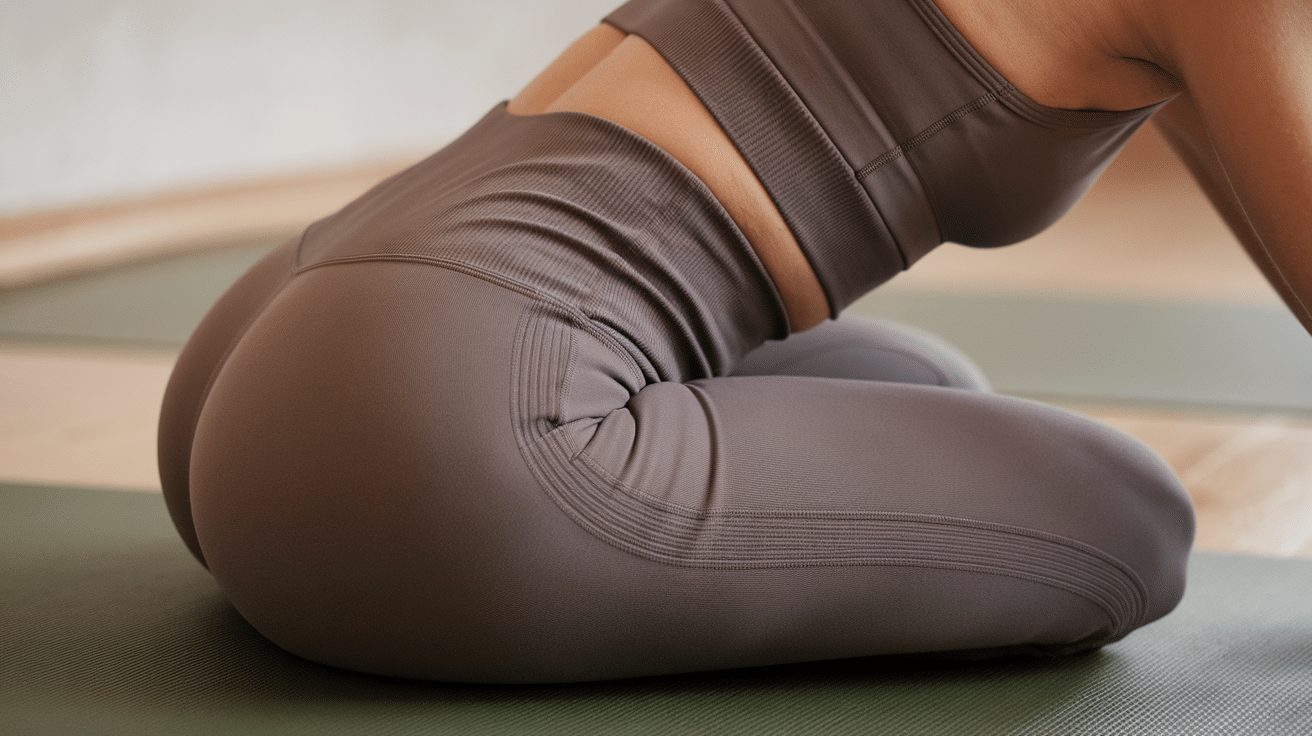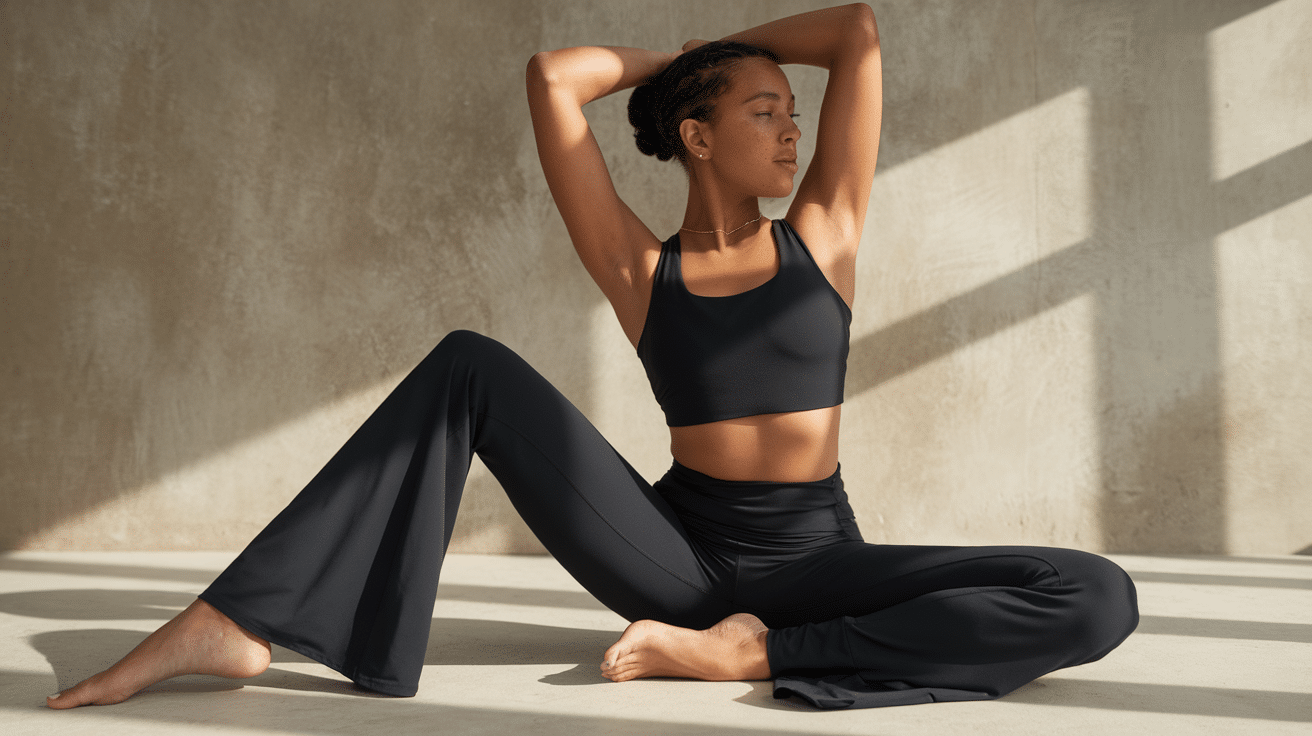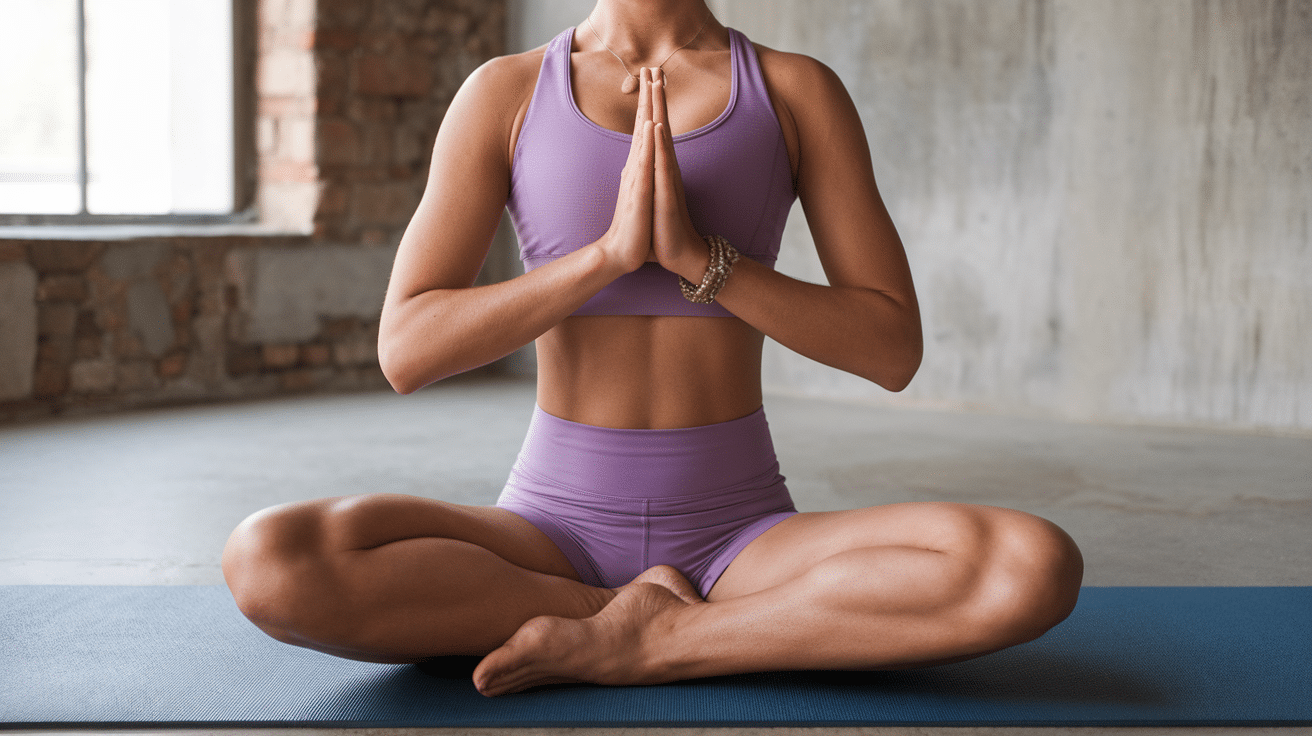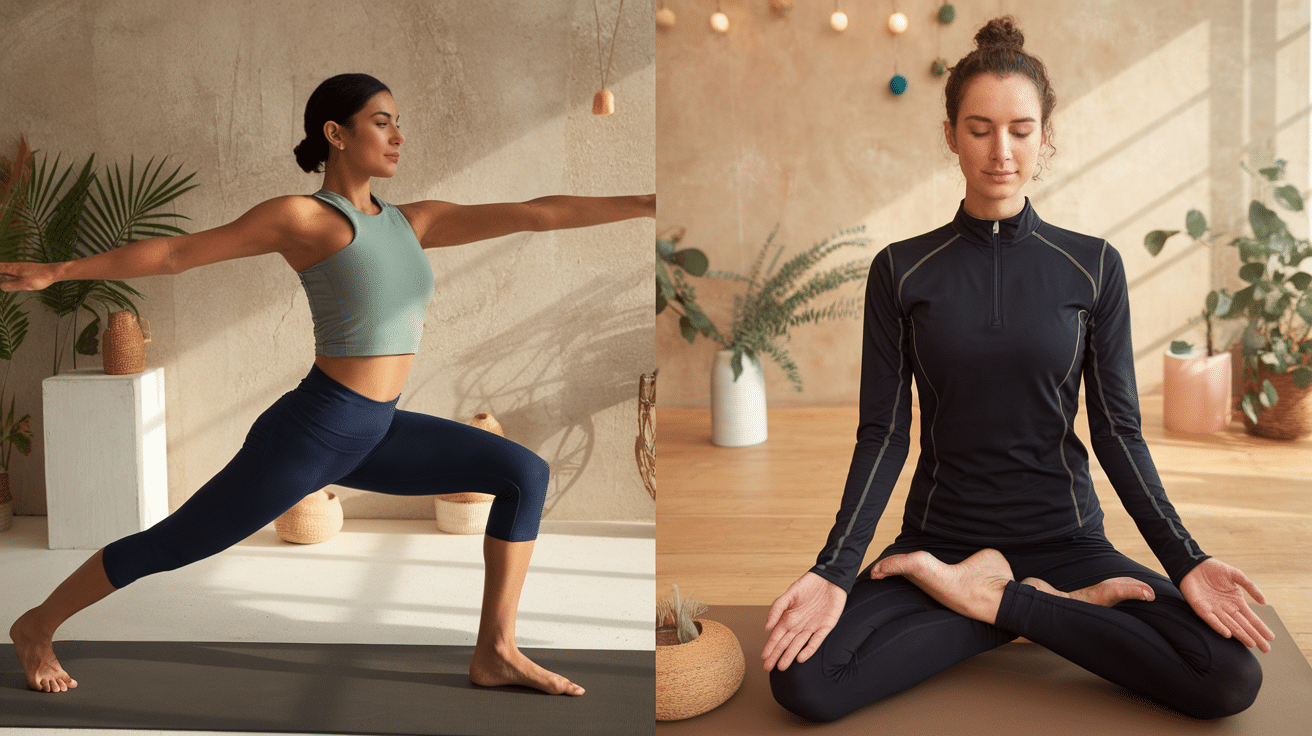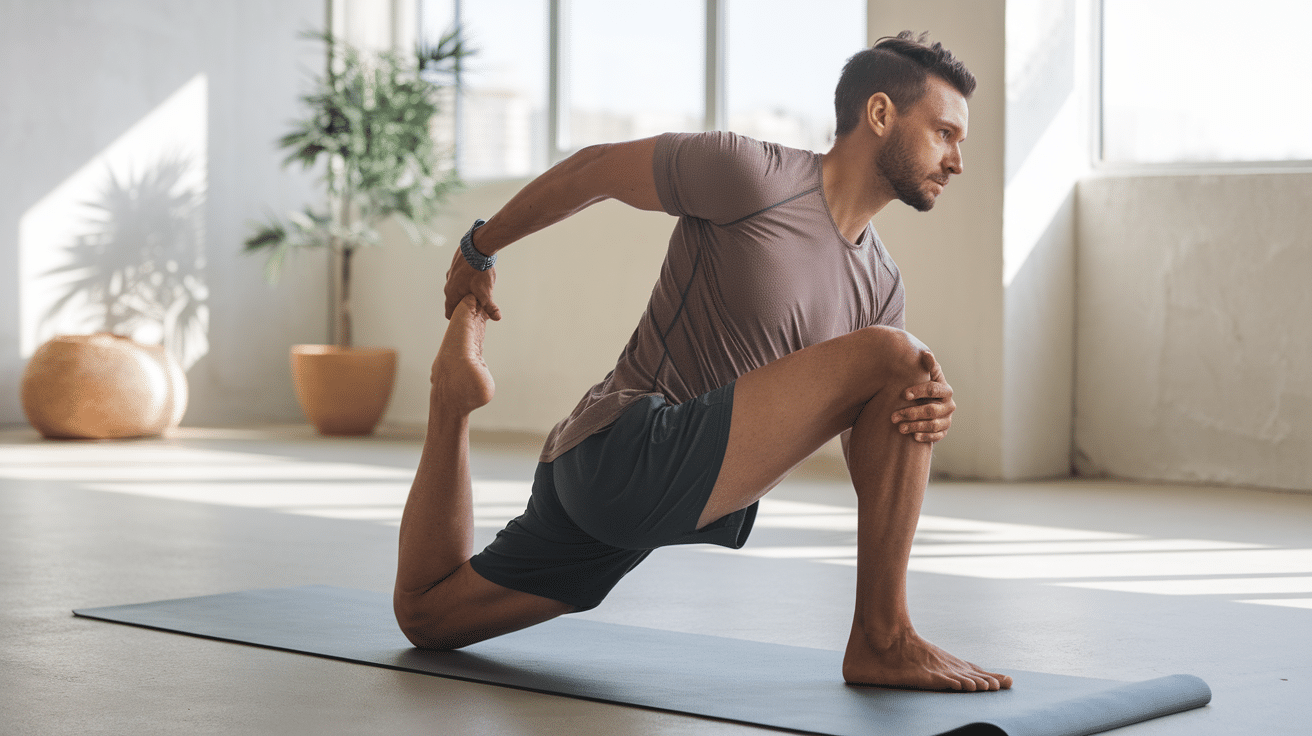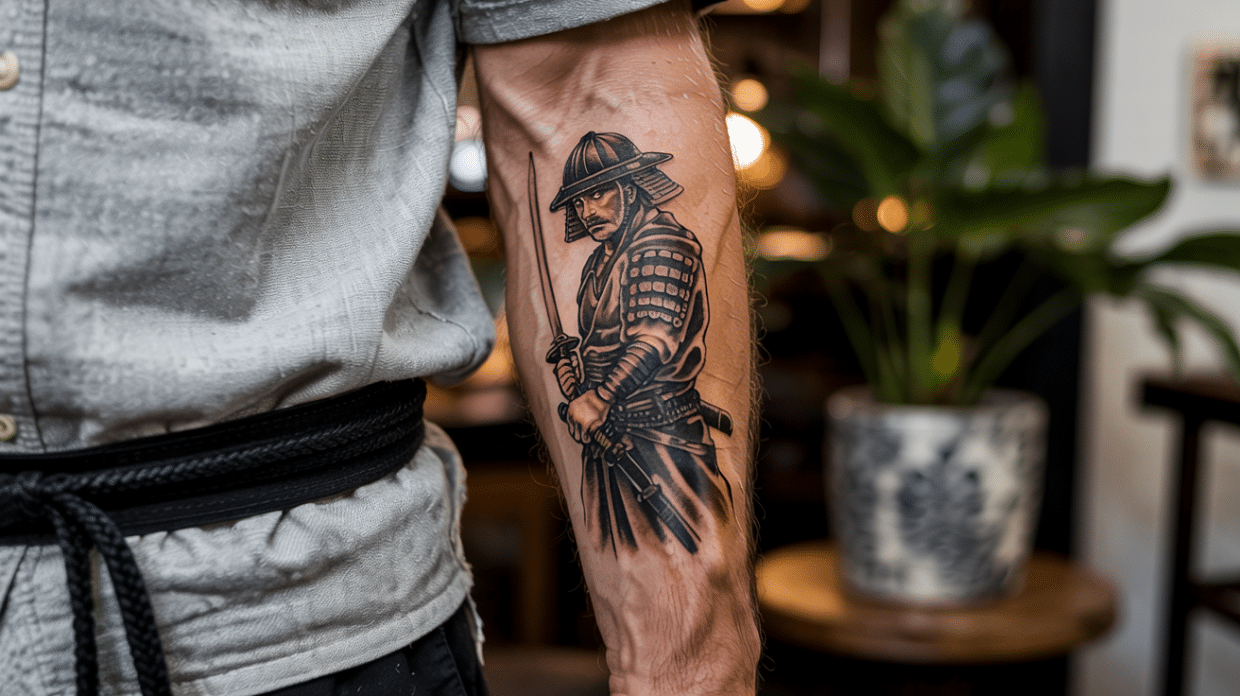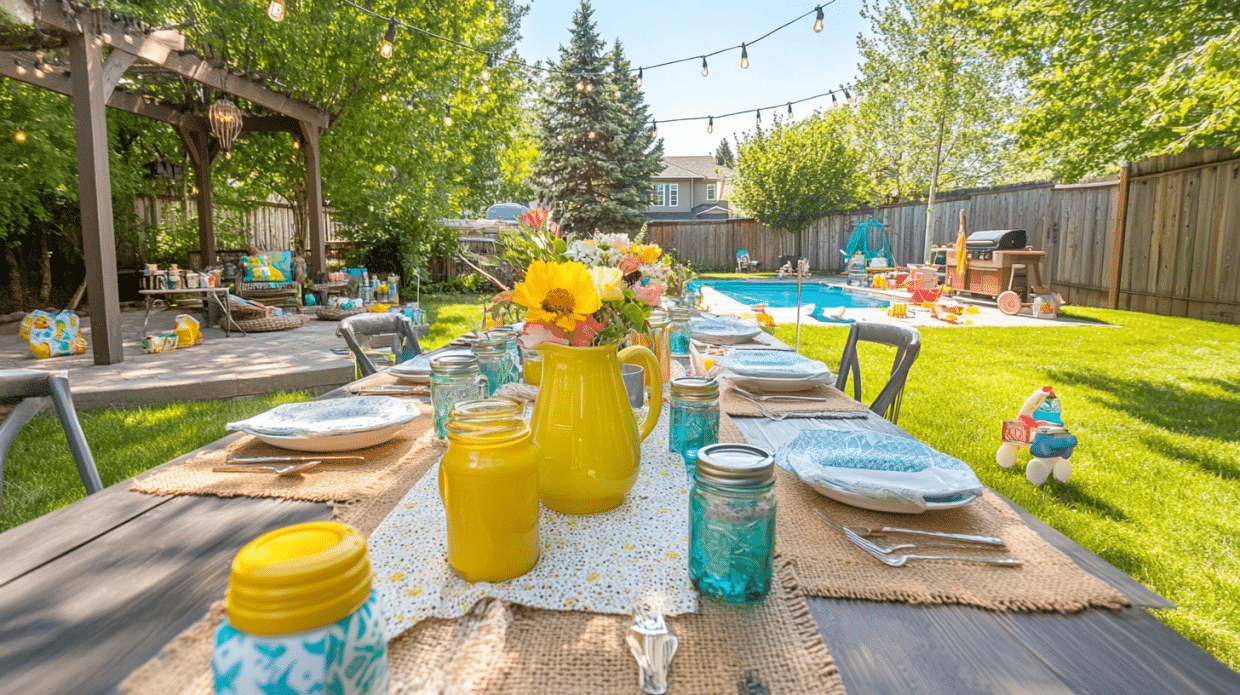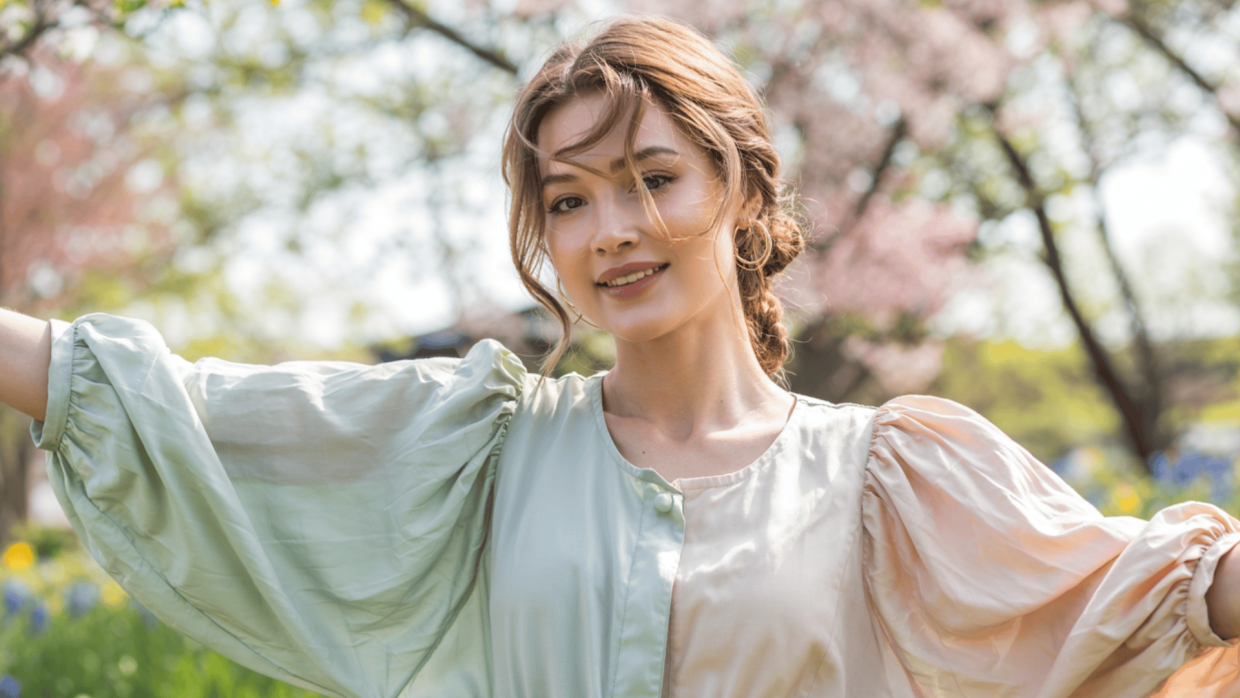Do I need special clothes for yoga? This is one of the most frequently asked questions by new yoga students. The truth is, what you wear to class can make a huge impact on your comfort and focus.
The right clothes allow you to move freely through poses without pulling, tugging, or adjusting your outfit. They help you stay cool and dry, allowing you to focus on your breathing and form, rather than sweat or discomfort.
In this guide, you’ll learn exactly what to wear (and what to avoid) for yoga classes. We’ll cover tops, bottoms, undergarments, and seasonal options for both women and men, so you can feel confident from your very first class.
Yoga Class Outfit Basics
Before going to your first yoga session, knowing what clothes work best can make your practice more comfortable. The right outfit allows you to focus on your poses without distractions.
What to Prioritize
When picking clothes for yoga class, three main things matter most:
- Breathability: Clothes that let air flow keep you cool during practice
- Stretch: Fabrics that move with your body during all poses
- Support: Proper fit that stays in place when you bend or twist
Choose moisture-wicking fabrics instead of cotton. These special materials pull sweat away from your skin and dry quickly, while cotton holds onto moisture and gets heavy.
Fabrics to Choose or Avoid
For the best yoga experience, pick the right materials:
- Go for Lycra, Spandex, and polyester blends- these stretch well and keep their shape.
- These fabrics also dry fast and don’t trap heat.
- Thin, stretchy materials won’t bunch up during movement.
Skip heavy cotton that gets wet with sweat and stays damp, denim restricts movement and feels uncomfortable, and any non-flexible material will limit your range of motion.
Best Tops to Wear
The top you pick for yoga class can make a big difference in your comfort level. Good options let you move freely while keeping you covered during all poses, especially when you’re upside down or bending.
Tank Tops and Sports Bras
These options work well for most yoga styles:
- Tank tops give good arm movement and keep you cool
- Sports bras offer support for all yoga types, especially fast-paced classes
- Look for ones with enough coverage so you stay comfortable in forward bends
- Many have built-in shelf bras for extra support
- Perfect for hot yoga, where you’ll sweat more
For the best experience, find tops that stay in place and don’t need constant adjusting.
T-Shirts and Crop Tops
These popular options come with some points to consider:
- Loose t-shirts often ride up during downward dog poses
- Look for shirts with drawstrings that can tighten at the waist
- Some have built-in layers that stay put during inverted poses
- Crop tops can work well if they fit snugly and don’t move around
- Breathable fabrics are key for both styles
Always test by raising your arms or bending forward to make sure everything stays covered before heading to class.
Choosing the Right Bottoms
Finding the perfect bottoms for yoga helps you stay focused on your practice instead of fixing your clothes. The right fit moves with you and keeps you covered through all poses. Your choice depends on the type of yoga and your comfort level.
Leggings
Leggings are among the most common choices for yoga classes. They stay in place and allow full movement in all directions.
High-waisted leggings offer extra coverage when bending forward and prevent sliding down during practice. Look for ones with a non-slip waistband that stays up throughout your session. Many yoga students prefer leggings with flat seams that don’t dig into the skin during floor poses.
Yoga Pants
Yoga pants come in different styles to suit various preferences. Some people enjoy the freedom of flared yoga pants that give a looser fit around the calves and ankles. Others prefer fitted pants that won’t get in the way during complex poses.
The most important factor is finding pants that let you move easily. Good yoga pants stretch in all directions and return to their original shape. They should feel comfortable when sitting cross-legged or in wide-legged poses.
Shorts or Joggers
For hot yoga classes where the room temperature is high, shorts can keep you cooler. Just make sure they’re long enough to prevent exposure during wide-legged poses. Some shorts come with built-in liners for extra coverage.
Joggers work well for gentle or slow-flow yoga classes. They offer more coverage while still allowing movement. The best joggers for yoga have tapered or elastic ankles so they don’t slide up during inverted poses.
What About Underwear and Bras?
Choosing the right undergarments makes a big difference in yoga comfort. Sports bras with medium to high support work best for most yoga styles, especially active classes. They should be made of sweat-wicking fabric with flat seams.
Seamless, moisture-wicking underwear prevents visible lines and stays comfortable during all poses. Many yoga pants include liners, making extra underwear optional.
Going braless is a personal choice that some prefer for gentle classes, but most teachers suggest wearing support for dynamic poses to stay comfortable and focused.
Whatever you choose, it should feel secure and allow you to concentrate on your practice without interruption.
Dressing for the Season
Your yoga clothing needs to change with the weather. Adjusting what you wear based on the season helps you stay comfortable throughout your practice.
Summer Yoga
Hot weather calls for cooler clothing options that keep you comfortable even when the temperature rises.
Sleeveless tops and tanks work best during summer months, allowing better air flow and freedom of movement. Lightweight leggings made from thin, breathable fabrics help manage heat while providing coverage. Some people switch to shorts or capri-length bottoms when temperatures climb.
Look for clothes with mesh panels that add extra cooling. The key is wearing as little as needed while maintaining comfort and proper coverage for all poses.
Winter Yoga
Cold weather requires smart layering that keeps you warm at the start without overheating once you begin moving.
Light jackets or zip-up tops work well for the beginning of class and can be removed as you warm up. Long-sleeve moisture-wicking tops provide warmth without trapping sweat. Some studios run cooler than others, so having a thin extra layer can be helpful.
Avoid thick hoodies or heavy tracksuits that restrict movement and cause overheating once you start flowing through poses. Even in winter, you’ll likely warm up quickly during practice, so dress in thin layers rather than single heavy items.
Yoga Outfits for Men
Men need comfortable, practical clothing for yoga just like women do. The right outfit helps with movement while providing proper coverage during all poses.
Men typically do well with breathable tank tops or t-shirts that allow full arm movement. Look for shirts that stay in place during inverted poses and don’t bunch up around the chest or shoulders. Fitted options work better than loose ones that might flip up during downward dog.
For bottoms, athletic shorts with built-in liners provide good coverage and freedom of movement. Many men prefer shorts that hit just above the knee. Tapered joggers or yoga-specific pants also work well, especially for cooler studios or gentler practices.
Avoid overly baggy clothing that can get in the way or expose too much during certain poses. Loose basketball shorts might seem comfortable, but can be revealing in wide-legged positions. Similarly, very loose shirts can fall over your face in inverted poses.
The best men’s yoga clothes strike a balance between comfort, coverage, and flexibility, allowing full focus on the practice instead of adjusting clothing.
Want help picking shoes that match? Read here: Shoes to Wear with Joggers
Common Mistakes to Avoid
Even experienced yoga students sometimes make clothing choices that distract from their practice. Being aware of these common errors can help you have a better experience in class.
Many beginners wear loose t-shirts without realizing they’ll spend time upside down or in forward bends. These shirts often ride up, causing constant adjustments and possible exposure during poses. Opt for fitted or specially designed yoga tops instead.
Another common mistake is selecting fabrics that trap sweat rather than wicking it away. This leaves you feeling damp and uncomfortable throughout class. Skip cotton and go for synthetic blends made for exercise.
- Wearing jewelry that gets in the way or makes noise during movement.
- Choosing pants with thick seams that press into your skin during floor poses.
- Picking bottoms with low waistbands that slide down during bends.
Perhaps the biggest mistake is not testing your outfit’s range of motion before class. Try a few basic poses at home first – reach your arms up high, fold forward, and do a deep squat. If anything pulls, rides up, or feels tight, it’s not the right choice for yoga.
Final Thoughts
Choosing the right yoga clothes can make a significant difference in how much you enjoy your class. Focus on clothes that stretch well, feel comfortable against your skin, and allow air to flow through.
What works best might change based on the type of yoga you do and what feels good on your body. Hot yoga needs lighter clothes, while gentle flows might call for more layers.
The most important thing is that you feel at ease in what you wear. When your clothes work with you instead of against you, you can pay more attention to your breathing and poses.
What’s your go-to outfit for yoga class? Share your pick in the comments section below!


